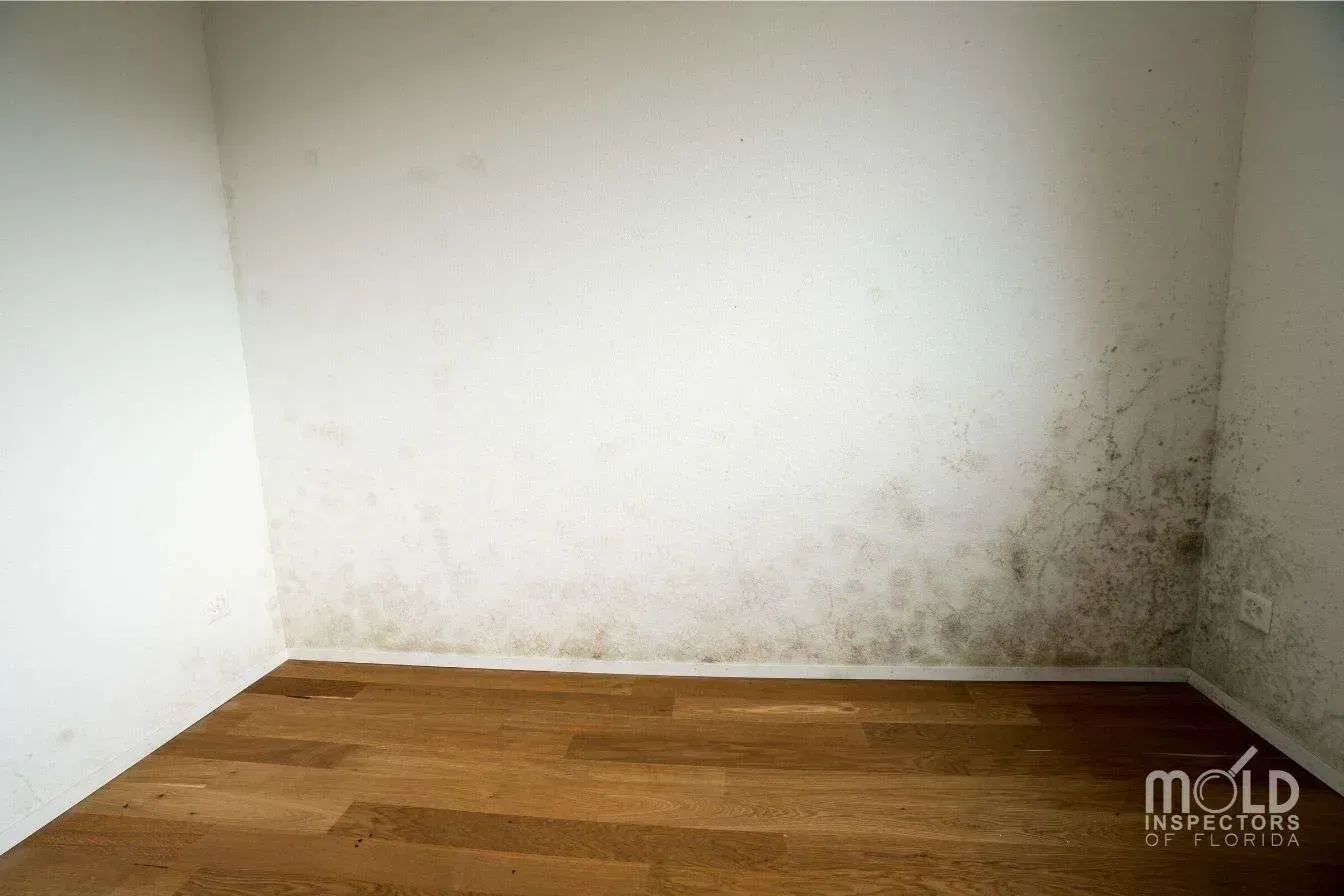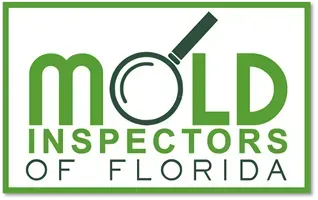When Do I Need a Mold Inspection?

A mold inspection is a useful tool for a home or business owner. Ensuring the air you breathe is free from hazardous mold spores will give you peace of mind. Many people wonder when they need a mold inspection and when obtaining one is questionable. A common example of when obtaining a mold inspection is debatable is when mold is visible. When you can see the mold, some believe you no longer need a mold inspection; you need mold remediation. While this sounds accurate, there are more details to consider. Several other scenarios call for a complete mold inspection, including visible mold.
New Home Purchase: Pre-owned or New-Build
Whether buying pre-owned or newly constructed housing, mold can be an issue. Prior to signing closing paperwork, a mold inspection is a savvy addition to the general house inspection. Home inspectors do not specialize in mold inspecting and will not be qualified to give you advice on this concern. With older houses, previous owners are typically required to disclose if the home has ever had a mold issue and if mold remediation has taken place. In new homes, building materials tend to be left outside against the elements for weeks at a time. In Florida, this proves a more significant problem as the increased natural humidity and rainy season will add to the likelihood of your housing materials growing mold before you move in.
Unoccupied Buildings
A house or commercial building that has been left unattended for months or years tends to build up humidity levels due to the lack of a working HVAC system. Especially true in Southwest Florida homes where the humidity is high, mold will grow at a rapid pace. If you are purchasing a home or office building that has been unoccupied for a length of time, a mold inspection prior to signing any paperwork is a smart move.
Visible Mold with Unknown Sources
As aforementioned, when mold is visible, most people believe this to mean a mold inspection is no longer necessary. However, mold inspections don’t merely “look for mold.” The inspector won’t quit looking once locating the mold. Inspecting for mold requires looking in challenging to see spaces where mold tends to thrive unseen. In addition to checking for concealed mold, the origin of the mold is also a factor in mold inspections. Without finding the source of the mold growth, the problem will never fully resolve. At Mold Inspectors of Florida, we believe that due diligence in completing a job requires finding the source of the mold to provide you with all the answers you need.
When mold is visible on a surface, it doesn’t mean the mold starts and stop there. Mold on a drywall surface could mean there is a mold colony growing in the insulation, carpeting, or subflooring surrounding it. A thorough mold inspection is the only way to know for sure.
After Mold Remediation
Inspecting for mold will give you the answers you need when approaching a mold remediator. However, after the remediation is complete, it is not uncommon to bring the same inspector back again with his prior notations and reinspect the home. After going through the effort to find and remove the mold, having the satisfying inspection results that the problem has been completely remediated and will not return is always a safe choice.
Inspection is also the right choice when purchasing a home that has been disclosed to have previous mold remediation done. While the previous homeowners may have documentation of completion with a mold remediator, it is common to bring a mold inspector in to take a deeper, and up to date look. This inspection will be detailing mold activity as usual, but also compare his notes with the previous records on the disclosure. This check allows you to know that the past mold infestation is absent, and no new mold has begun to grow.
After Water Damage Has Occurred
Mold lives and grows where moisture is present. Once a building structure has water damage, mold can develop quickly. Broken pipes, roof leaks, or HVAC issues can all provoke mold to take hold. If the area was not dry within 24-48 hours, it is highly likely that the moisture and Florida humidity has prompted mold to grow.
Unexplained Health Concerns
If you or another resident in the home, or several employees of a building begin feeling ill, it may be time for a mold inspection. Known as “Sick Building Syndrome,” this condition becomes a concern if occupants of a building feel symptoms arise while in a building and subside when out of the building. Symptoms of Sick Building Syndrome can include feeling headaches, fatigue, hair loss, nausea, or have itchy eyes. A mold inspection can look for signs of moisture, plumbing, or HVAC leaks, as well as common hidden mold.


